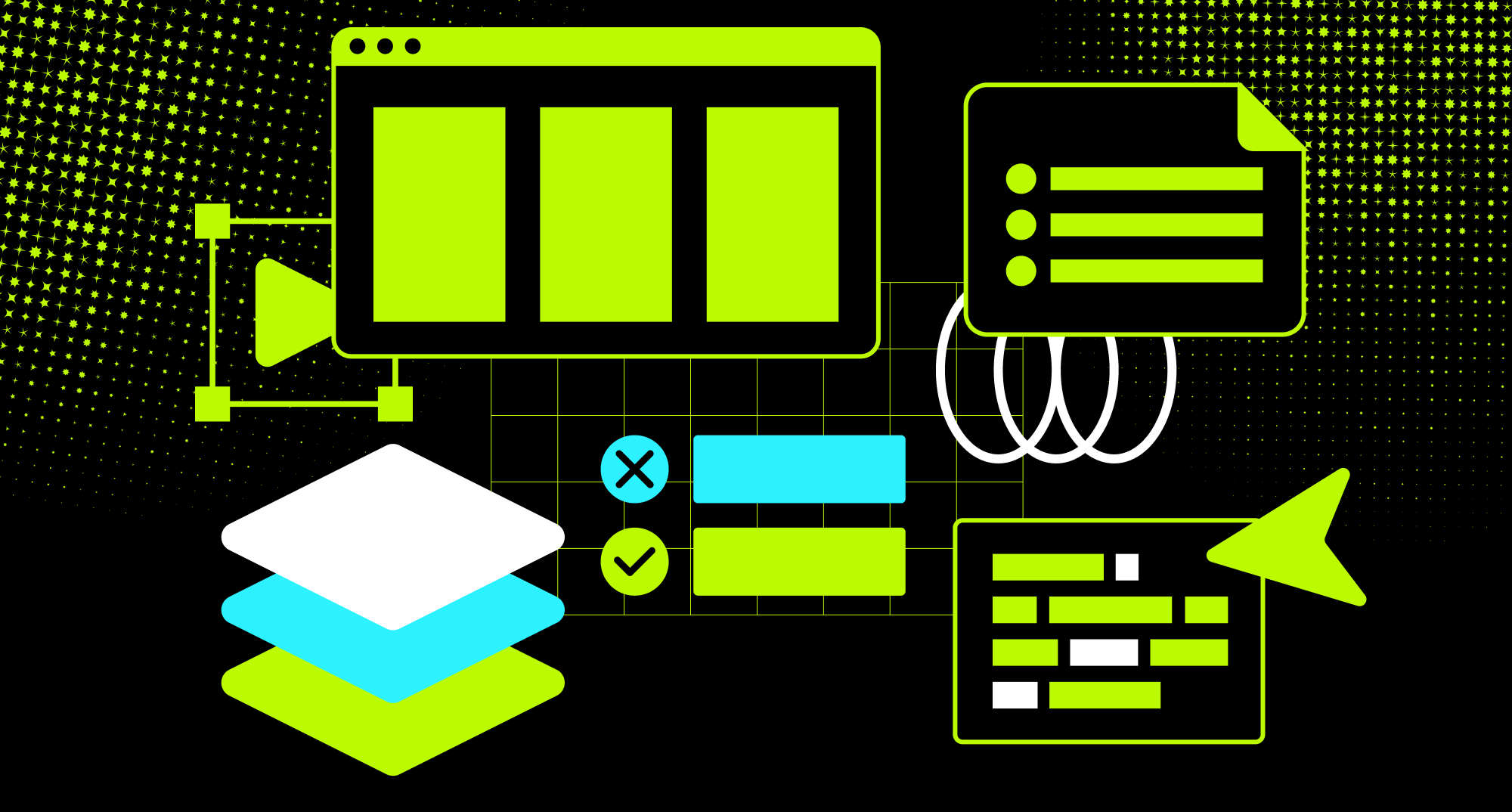How should you conduct User Testing?
The first question regarding user testing is: where are you going to find your users? You can use friends and family if necessary, or you can recruit people on websites such as Craigslist, UserTesting.com, and Mechanical Turk.
Whomever you choose, make sure that their profile fits fairly well with one of the personas that you’ve created. Each persona is a representation of one of the types of users who you expect to visit your website, including information such as age, occupation, and technical proficiency.
During each testing session, you should clearly explain to the user what their objectives are or what activities to perform during this session, and then set them free to interact with the website without providing any guidance. Encourage users to think out loud, vocalizing their thought processes so that you have a better idea of what they’re thinking and expecting. There are no “wrong” thoughts or ideas from the user during these sessions. Any mistakes or failures along the way are a result of the disconnect between the website’s assumptions and users’ objectives.
If you’re developing a website in conjunction with a particular product or service, such as a mobile app, it’s often helpful to have the same users test both the product and the website. They can provide feedback on a number of issues, including:
- How well the website supports the product
- Whether the website and product have the same functionalities
- Whether there are any “missing links” between the website and product







.webp)





